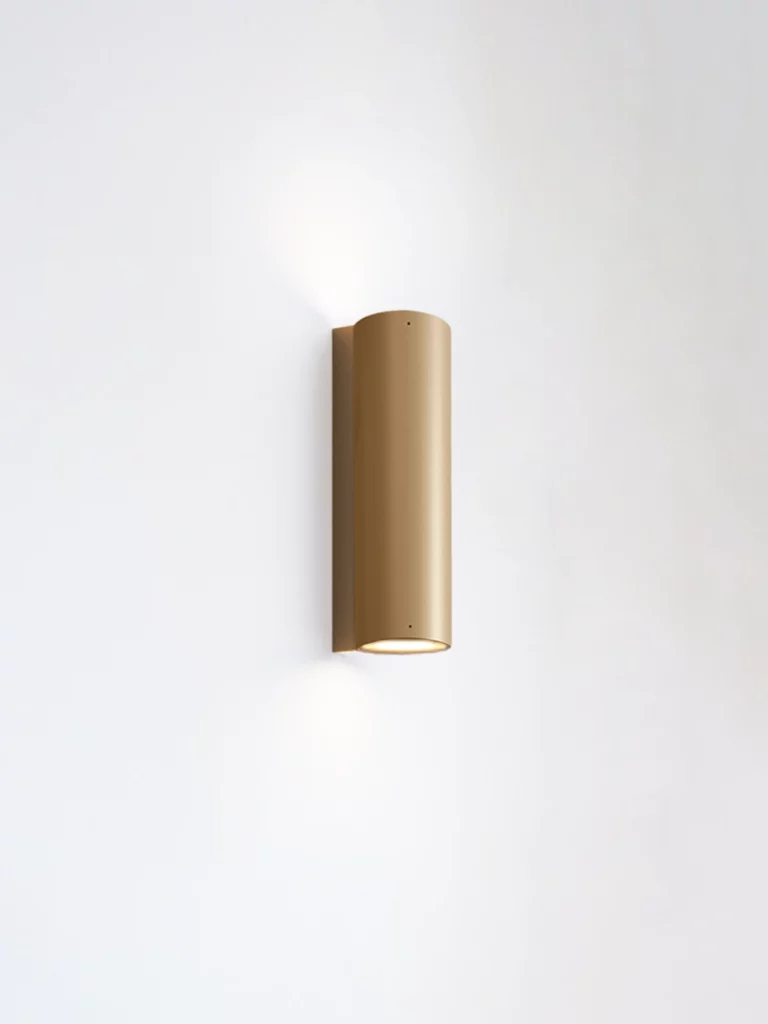E04Ceiling
designed by Habits Studio
Indoor wall, ceiling and suspension fixtures. With essential elegance and outstanding performance, these lamps now come with new optical fittings and LED light sources, in a range of colors that interpret the latest trends in interior decorating with personality and nonchalance. The extruded aluminium cylinders are enhanced by satin-finish coating in the colors brass, alu, white and black.
Ceiling lights produced in two diameters (70 mm and 134 mm) and various lengths. The recessed positioning of the light source increases the angle of shading and lighting comfort.
E04200
E04 Ø 7

E04200
E04 Ø 7
Main specifications
| Typology | Ceiling | ||
|---|---|---|---|
| Application | Indoor | ||
| Material |
|
||
| Finishes |
|
||
| Dimensions (mm) | H 279, D 70 | ||
| Weight (kg) | 0.4 | ||
| Light Source | COB LED module 12 W, LED retrofit GU10, LED module 13 W, 2700K, dim to warm 3000K –> 1800 K, CRI 90, CRI 97 | ||
| Insulation Class | I |
E04220
E04 Ø 13,4

E04220
E04 Ø 13,4
Main specifications
| Typology | Ceiling | ||
|---|---|---|---|
| Application | Indoor | ||
| Material |
|
||
| Finishes |
|
||
| Dimensions (mm) | H 372, D 134 | ||
| Weight (kg) | 1.4 | ||
| Light Source | COB LED module 19 W, LED retrofit GU53, LED module 20 W, 2700K, dim to warm 3000K –> 1800 K, CRI 90, CRI 97 | ||
| Insulation Class | I |






